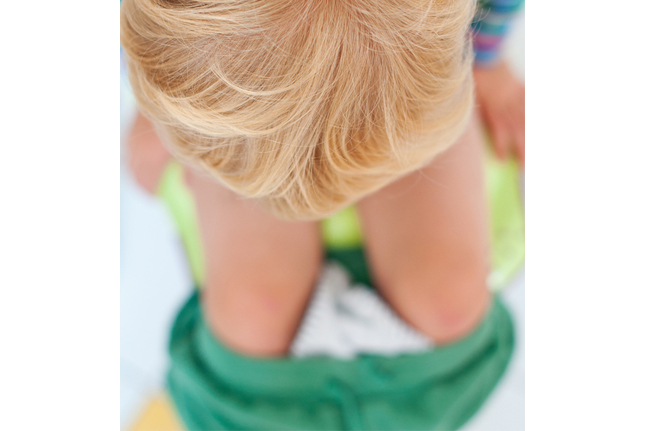Bowel
Faecal Incontinence or Soiling
About 1 to 3 % of children experience soiling (faecal incontinence) and they may also experience wetting.
Soiling occurs when the bowels are emptied in places other than the toilet.
If a child has regular soiling or poo accidents after the age of 4 they should be assessed.
Children who soil are significantly more likely to report being victims or perpetrators of overt bullying behaviour (Continence Foundation of Australia).
Soiling can be distressing for both the child and the parents and treatment should be sought.
Faecal Incontinence or soiling may present as:
- Smearing on underwear
- Complete bowel/faecal loss
- Trouble holding wind/flatus
- Reluctance to use toilets, children may only have a bowel motion in their underwear or nappy
Soiling is NOT caused by:
- Laziness
- Naughtiness, or
- Attention seeking.
Causes of bowel accidents or soiling may include:
- Constipation
- Poor diet and fluid intake
- Previous experience with a painful bowel motion or bleeding after a bowel motion
- Reluctance to use toilets resulting in excessive holding on
Management of faecal incontinence may include:
- Thorough assessment of the condition, medical history and current health, including diet and fluid intake, exercise levels and mobility, current medication use, and any other factors that could affect bladder and bowel function
- Physical assessment of the pelvic floor function, strength and endurance. Please note: internal assessments are not conducted on children. Real time ultrasound is often used instead.
- Treatment may include pelvic floor muscle exercises, otherwise known as Kegel exercises, changes to lifestyle, bladder and bowel habits, avoidance of straining, sensory training and education on toileting and alterations in diet.
Outcomes from treatment may include:
- Correct pelvic floor muscles exercises and toileting habits.
- Improved management of the symptoms
- Improved incontinence or emptying
- Appropriate toilet habits
- Improved self confidence
Constipation
An estimated 22% of children suffer from constipation.
Constipation symptoms may include:
- Pain with bowel movements
- Hard bowel motions
- Smearing on underwear
- Holding positions/postures such as squatting
Causes of constipation may include:
- Refusal to do a bowel movement e.g. embarrassed, painful in the past, refusal to use public toilets
- The child is in an unfamiliar place
- Reaction to stress
- Can’t get to a bathroom, they then hold too long, the child loses the urge and then the bowel motion becomes drier and harder to pass.
Management of constipation may include:
- Thorough assessment of the condition, medical history and current health, including diet and fluid intake, exercise levels and mobility, current medication use, and any other factors that could affect bladder and bowel function
- Physical assessment of the pelvic floor function, strength, relaxation and endurance. Please note: internal assessments are not conducted on children. Real time ultrasound is often used instead.
- Treatment may include pelvic floor muscle exercises, changes to lifestyle, bladder and bowel habits, avoidance of straining, sensory training, education on toileting and dietary changes.
Outcomes from treatment may include:
- Correct pelvic floor muscles exercises and toileting habits.
- Improved management of the symptoms
- Improved constipation or emptying
- Appropriate toilet habits
- Use of public toilets
- Improved self confidence




